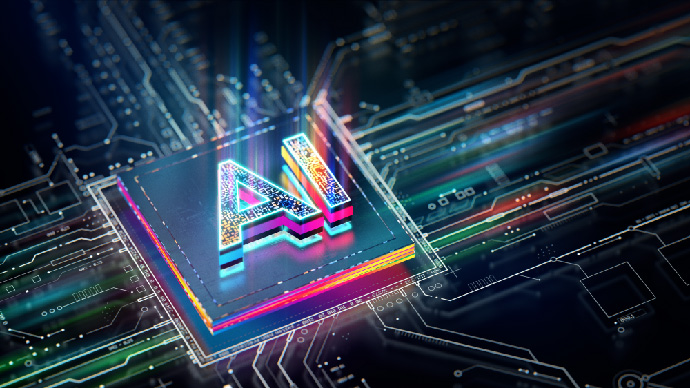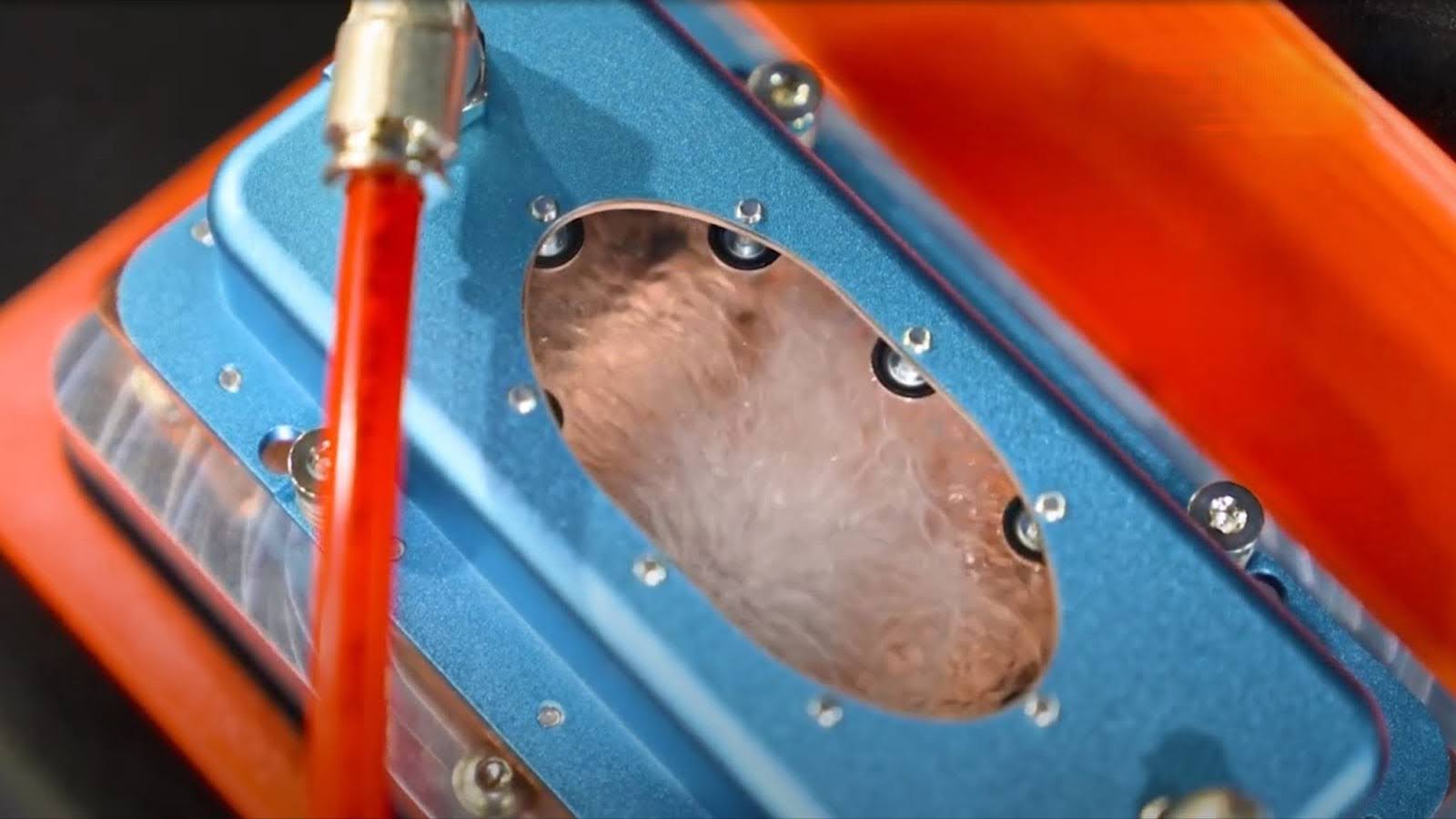4 min read
Data Center Sustainability: How to Save the Planet
Data Center Sustainability: How Two-Phase Direct-to-Chip Liquid Cooling Can Save the Planet According to the MIT Lincoln Laboratory, data centers...
3 min read
 Alison Deane
:
Jan 31, 2024 11:57:34 AM
Alison Deane
:
Jan 31, 2024 11:57:34 AM

AI and HPC have changed our world overnight – and no one is feeling the pressure more than the data centers tasked with providing the processing power needed to support their enormous workloads. Let’s face it – generative AI applications such as ChatGPT are cool (not to mention incredibly useful), and everyone wants them. That is why data centers and hyperscalers worldwide are doing everything possible to deploy the highest-performing GPUs and CPUs with higher server densification than ever before. They are under the gun to provide the sustained processing power that can handle the enormous AI workloads from this next-generation technology, and they need it now. This is their new gold rush because, according to recent market research, the AI industry is expected to be a $2 trillion market by 2030.
This is an excellent opportunity for data centers, except for one problem: they don’t have the infrastructure to manage the new carbon footprint required to support these new workloads. And as they focus on delivering the performance needed, sustainability is often the first thing to go out the window. Current AI chips are already in the 500-700 watt per chip size range, and the next generation of GPUs is expected to be in the 1,500-2,500 watt range. We are talking about very hot chips……and not just one chip, but racks and racks of servers that now need to be cooled. This is creating enormous challenges for data centers, and without a reset on their infrastructure needs, they are heading towards a brick wall.
The shift has already started in the data center for higher-performing processors and densely populated racks and servers. This creates a unique set of cooling challenges to address if data centers want to capture their share of this growing market.
There are several data center cooling methods, systems and solutions that data centers can use to tackle their cooling challenges. Traditional air based cooling is one option, but this is largely considered obsolete because of the enormous amount of energy (and space) to power the fans that do the cooling. Because of those limitations, data centers have been steadily turning to liquid cooling techniques - some that use water and others that do not. The challenge with data center cooling using water-based solutions is that they open up the risk to leakage that can severely damage both processors and servers (a hefty risk when a data center has hundreds of $200-$300K servers.) This data center cooling approach is also dependent on water flow and a lot of it! Just take Microsoft as an example. Microsoft’s latest Environmental Sustainability Report shows that its data center water usage increased 34% from 2021 to 2022. The company used more than 1.7 billion gallons of water in 2022, which is said to be enough to fill more than 2,500 Olympic-sized swimming pools.
For these reasons above and more, data centers don’t want to use water in their facilities. That has created an enormous opportunity for direct-to-chip waterless liquid cooling solutions, particularly two phase approaches. Many of the high-performance chips being designed today are based on chiplet architectures and a two-phase solution such as ZutaCore’s HyperCool® can ensure that every part of the chip gets the cooling it needs seamlessly and automatically. Below are some of the other key advantages of this technology:
With direct-to-chip waterless two-phase liquid cooling technology, data centers can harness the power of the latest generation of processors and servers while meeting the sustainability goals they deeply care about. If you are ready to take part in this $3 trillion opportunity, download our eBook to learn how HyperCool® can help you.

4 min read
Data Center Sustainability: How Two-Phase Direct-to-Chip Liquid Cooling Can Save the Planet According to the MIT Lincoln Laboratory, data centers...

3 min read
The rising demand for high-performance computing (HPC), AI, IoT, and 5G technologies has become a major challenge as chips grow ever-hotter and data...

3 min read
Demand for digital infrastructure is skyrocketing, driven by the rise of artificial intelligence and HPC in data centers. However, this surge has...